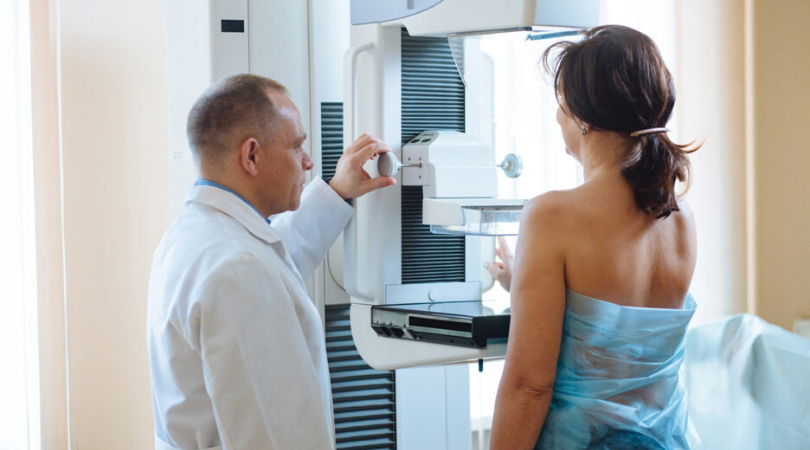Breast Cancer Screening
Finding a lump in your breast is most fearful and panic-provoking. Your immediate thought will probably be of cancer. Everyone reacts differently when this happens to her. Some will call their doctor at once, others might be afraid of confirming their fears and delay making an appointment. Eighty-five percent of all breast lumps found are non-cancerous. Do not delay the treatment book your appointment with the best lump and breast pain doctor in Borivali.
It is only normal for you to feel upset and fearful if you find a lump in your breast. But fear will not make the lump disappear. The earlier you find a lump in its development and the smaller it is, the greater the chance it is curable if it is cancer
Benign Breast Lumps
Breasts are made up of ducts, lobes, fibrous tissue, and underlying bone; therefore, they can feel lumpy or uneven. Before your menstrual period begins, and sometimes during your period, you can have some tenderness, pain, or lumps in your breasts. This could be due to the extra fluid that collects in the breast tissue (cyst) as well as changes in the body’s hormonal levels. This is normal. But if the lumps do not disappear before your next period, contact your doctor.
Any noticeable change, thickening, or localized swelling in your breast that was not there before maybe a lump. Some common benign breast problems that appear as lumps are:
Cystic Disease (fibrocystic breast disease) is the most common cause of breast lumps in women. These lumps or cysts are fluid-filled sacs that enlarge and become tender and painful before the menstrual cycle. This condition is responsible for at least half of all breast biopsies performed. It tends to involve both breasts. These lumps are movable, and if large may feel round and firm. The cystic disease usually disappears after menopause. Other common benign breast lesions are Fibroadenomas which are mobile, rubbery breast lump in younger women, Lipomas, etc
Nipple Discharge
Many women will have during their lifetime a nipple discharge. It can be either in one breast or both. Most nipple discharges are not serious. Clear nipple discharge is considered normal and most of the time will not require further work-up. If it persists or increases, your physician will probably want to investigate the matter further. Bloody nipple discharge is different. Although most women with a bloody nipple discharge will be found to have a benign tumor inside one of the milk ducts (intraductal papilloma), it has to be proven. Bloody nipple discharge can occasionally be the symptom of breast malignancy and should be thoroughly investigated. Some surgeons will first order a Galactrography which is an X-ray of the ductal system of the breast. This may help clarify the cause of the discharge. Most of the time a breast biopsy is warranted to obtain the diagnosis.
Malignant Breast Lumps
Malignant lumps develop most often from mammary ducts or lobules. Unlike benign lumps, malignant lumps continue to grow in an uncontrolled manner and in time, if left untreated, will spread beyond the breast. Early breast cancer can be a non-palpable lesion or a very small tumor located within the breast. Breast Cancer most likely has been growing for several years before it is large enough to be felt.
Early diagnosis is the key to breast disease. Dr. Deepika recommends:
- Breast self-examination for women monthly after age 30
- Breast clinical examination yearly after age 40.
- Screening mammograms should also be done every 2 years after the age of 40 years
Dr. Deepika Doshi is the specialist of lump and breast pain doctor in Borivali.
Women who examine their breasts each month, go to their doctor for routine breast examinations, and after age thirty-five have a baseline (you’re first) are more likely to detect early breast cancer.

